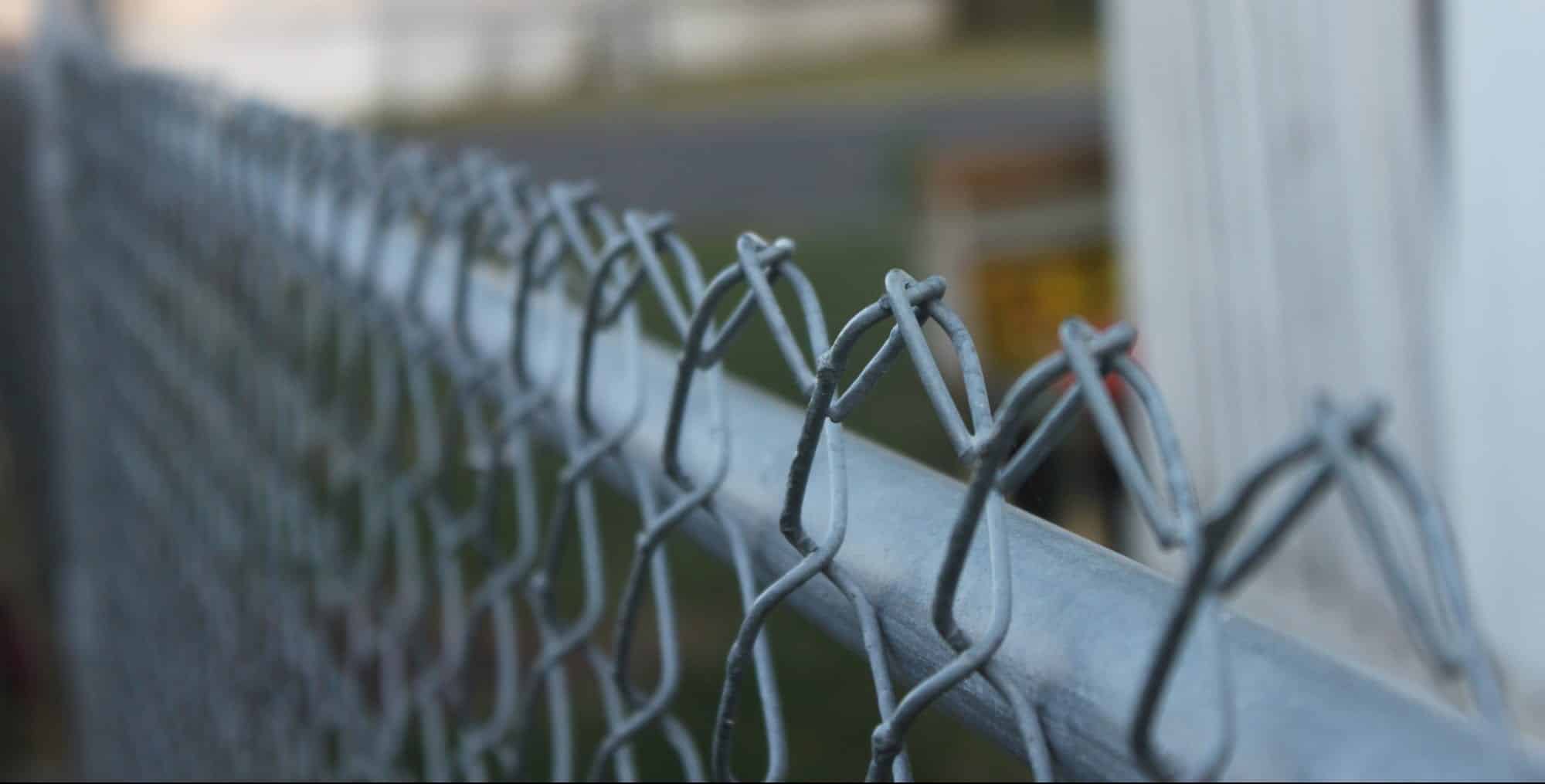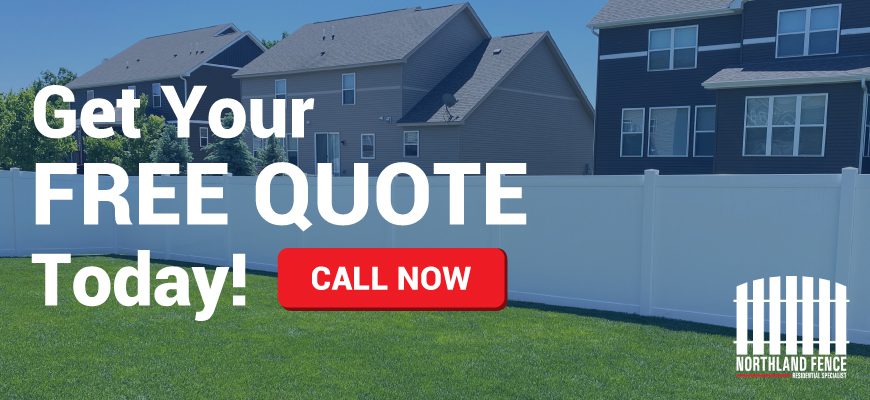Most commonly, city building codes require residential fences to reach a maximum height of no more than 6 feet. If a fence is below 6 feet, the codes and rules are typically less strict, but each city throughout Minnesota has specific zoning code requirements for installing a fence on your property. These codes have guidelines on fence height and location, required materials, and opacity. At times, city codes also include fencing guidelines for construction such as post-size, burial depth, and whether the posts must be set in a material like concrete. It’s incredibly important to look up your city’s fencing guidelines and become familiar with them before installing a fence on your property. If you forget to do this or don’t find it necessary, it can lead to the city requiring you to remove your new fence, which can be costly.
Location-Based Fence Codes and Rules
Whether you’ve just moved into a new home or are interested in installing a fence for more privacy on your current property, it’s vital to review your city’s building and permitting rules before you begin. If you’ve previously added an addition to your property, you may already be familiar, however, keep in mind, fence restrictions and guidelines are enforced at a local level and vary from one city to the next. Many homeowners don’t understand why this is the case, but privacy fences are seen by anyone who passes your property resulting in a significant impact not only on your property but also on traffic and the city itself. Towns and cities throughout Minnesota strive to have their communities look appealing and functional, so having building and permitting guidelines in place helps maintain an aesthetically pleasing appearance for all to enjoy.
Before purchasing any materials or starting construction, it’s highly encouraged to visit your city’s local building office to speak with an expert or visit the city’s website to review its specific requirements. Many cities require a zoning permit or application approval to add a new fence to your property, but there are also instances where a building permit may be required. With a building permit, your design and work will likely be inspected to ensure it meets the guidelines. There are instances where permits aren’t needed, and in these cases, the property owner must verify that the fence is up to code. If it isn’t up to code, there are instances where the property owner will be required to remove the fence from their property.
Your Property and Fence Location
Many cities have approved residential fences to be built on or inside a home’s property line, depending on what the homeowner prefers. Upon moving into your new home or once building a fence has become an interest, it’s encouraged to verify your property lines before starting the project. If you’re unsure of how to determine your property lines, there are many companies as well as individuals from your city that can mark your lot lines. Along with property lines, there are a few additional restrictions that city’s take into consideration when it comes to building a fence:
- Flood Zones: If your home is in a flood zone, your city may have precise specifications regarding fence height or the location in which it can be placed on your property.
- Setbacks: Many cities require buffer zones between a fence or other structures like a shed or garage and your property line. Setbacks are a guideline to consider to make sure you have enough room on your property for a new addition without breaking the buffer zone.
- Sidewalks, Alleys, and Roads: Homes surrounded by city sidewalks, alleys, and roads must consider the space requirements when building a new fence. Many cities require there to be a certain amount of space between fences and these city structures.
- Rights of Way: If your property is located near public access points or future development areas, it’s essential to consider this as the city will likely have building guidelines, so these areas remain easily accessible with no obstructions.
Height and Opacity Guidelines
The height of your chain link fencing and opacity are essential details to consider when creating the fencing design for your property. Many city-based guidelines for these features are on fence location and if your property intersects with any of the previously mentioned additional restrictions. Fencing guidelines tend to vary from the front and backyard of a home as well as side yards. Each of these areas will likely have different height and opacity requirements. If your home is located on a corner lot, there are usually special restrictions to maintain adequate driver and pedestrian visibility. The city you’re located in may require this area to be inspected and approved by a traffic engineer to ensure safety at all times.

Materials and Construction Guidelines
When creating the design for your fence, you must choose a material that compliments your home and adds to the overall curb appeal. Many cities are flexible with the various materials homeowners can use for their fence. If you’re unsure of what material would be best for your climate or are interested in the benefits that each material offers, it’s encouraged to contact a fencing professional to further direct you so you can make the best decision for your property. There are many different options available on the market today that you can choose from, such as:
- Chain Link
- Vinyl
- Ornamental Steel
- Wood
- Composite
- Masonry
If you choose any form of masonry for your fence, the restrictions will likely be much stricter. Often, cities require a building permit, several inspections, and an engineer’s stamp of approval for these materials. It’s also essential to account for any homeowner’s association (HOA) guidelines if located in one of these communities as HOA’s tend to be less flexible than the city when it comes to fence materials, height, and much more.
Your fence will likely need to follow specific construction guidelines such as post size, spacing, and depth. If you’re located in a colder part of the country such as Minnesota, it’s common you’ll be required to make sure the fence posts extend below the frost line to prevent damage to your fence during a frost due to soil expansion. Additionally, if you’re located in an area that has high winds regularly heavy posts, deeper post burial, and concrete footings or wind tie-downs may be required.
Research Your City’s Guidelines Today
Installing a fence on your new or already established property is a big task to take on. It’s incredibly important to make sure you’re following your city’s guidelines before beginning, or it may lead to a costly situation. Each town has different guidelines for fence construction, but if you’re unsure of where to start, it’s encouraged to visit your city’s local building office to get further information. Once you get all the required information for your project, it’s time to start designing your fence and determining whether you’ll be doing it yourself or getting help from a fencing professional.


